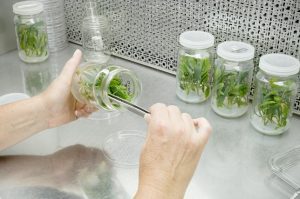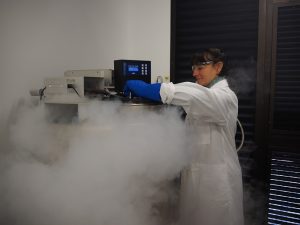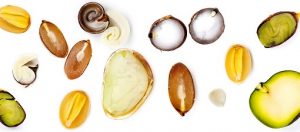
Scientists based in the heart of the Macarthur region are closing in on seed banking that could come to the rescue of rainforest plants under threat of extinction.
The research from the team of PlantBank, which is located within the Australian Botanic Garden Mount Annan, is the first comprehensive review of rainforest seed conservation for the South Pacific region.
Scientists at the Australian PlantBank are global experts in seed banking and the research was undertaken with support from Arcadia – a charitable fund of Lisbet Rausing and Peter Baldwin.
Thousands of rainforest plant species are at risk of extinction throughout most South Pacific countries as the pressures of land clearing, logging, pests and disease intensify.
Seed banking is increasingly seen as the quickest and cheapest way to provide an insurance policy against extinction of native plants in the wild.
The recent paper in the Australian Journal of Botany reviews the rich biodiversity of rainforest plant species present in hotspots such as New Caledonia, New Zealand and the forests of East Australia, to assess the best methods to collect and save seeds for conservation in seed banks.
Dr Karen Sommerville from the Australian PlantBank is the lead author of the research and has been investigating alternative methods for preserving rainforest seeds not suitable for seed banking.
“Seeds are typically dried and frozen for long term storage, but many rainforest species have large seeds that do not tolerate these processes,” Dr Sommerville said.

“We are continuing work on a long term project to determine which rainforest seeds can be stored and experimenting with alternative methods of conservation using tissue culture and cryopreservation.
“Our research shows the urgent need to support neighbouring countries to establish seed collecting programs and protect what is left of some of the world’s most beautiful and diverse rainforests,” said Dr Sommerville.
NSW environment minister Gabrielle Upton said the scientific work at Australian PlantBank and the Royal Botanic Garden Sydney contributes to vital research not only in NSW, but internationally.
“Our world leading plant scientists are delivering real solutions to secure the future of rainforests in the South Pacific while contributing to international conservation goals,” Ms Upton said.
The paper is co-authored by several staff of the Australian PlantBank in collaboration with representatives of the National Herbarium of NSW, the Australian Tree Seed Centre, Massey University, the University of South Australia and the Royal Botanic Gardens Kew.
With the aid of a generous five-year grant from Arcadia, the Australian PlantBank team have been working with other international collaborators to meet ambitious Millennium Seed Bank Partnership targets to collect and conserve seeds of 75,000 plant species by 2020 (including threatened rainforest plants), representing 25 percent of the world’s known flora.




